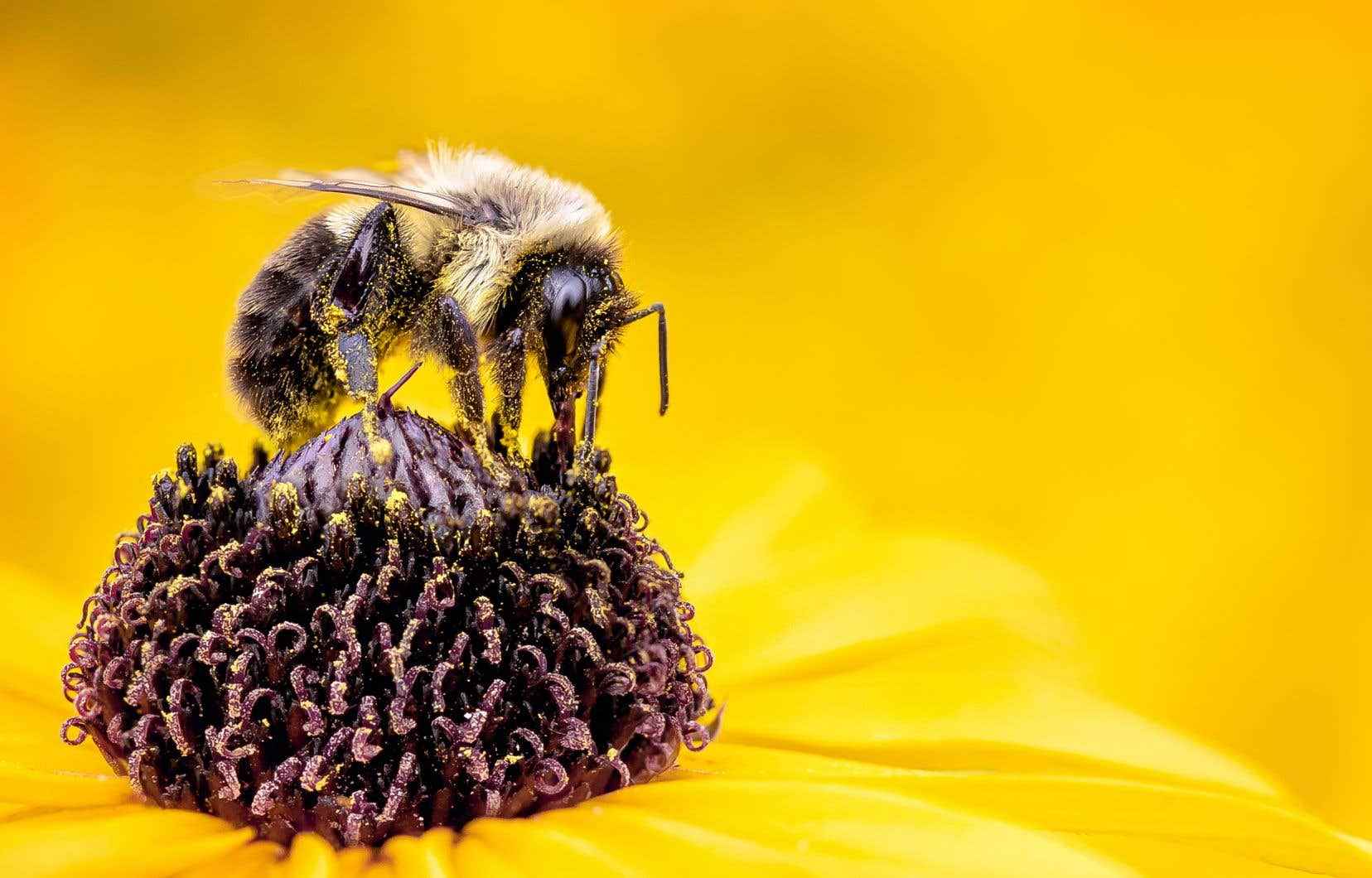This text is part of the special Le Petit D
Do you know that your bowl of cereal or your favorite strawberry jam, you owe them to insects? More specifically to pollinating insects, which transport pollen from one plant to another.
You may have seen in the spring the trees scattering their seeds to the wind, or yellow clouds of pollen sweeping the air. It’s their thing to reproduce. For most fruit trees and shrubs, and for many vegetables, wind is good, but insect foraging is even better for reproduction.
The adventures of the bee
The bee works hard to feed its colony. She spends her days visiting flowers in search of nectar. Without knowing it, she is playing Cupid. When she collects nectar from the hollow of a flower, pollen clings to her little legs and hairs. This powder is the male reproductive tool of flowers. Flying from one plant to another, the bee spreads the pollen on the pistil, the female organ of the flower. Voila, the flower is fertilized! And from it will grow a fruit.
Scientists estimate that four out of five flowering plants need pollinating insects to produce their fruit and seeds. In other words, without the bee and its friends, there would be no apples, no pears, no tomatoes or basil, or even chocolate, since cocoa beans grow in a fruit tree. . Cereal crops also benefit from insect pollination. Impressive for such small beasts!
Bees are not the only ones
But do you know that there are 200,000 pollinating species in the world? This includes certain birds, such as the hummingbird, also called a hummingbird (hey, hey, half-bird, half-insect, maybe it’s no coincidence!). Still, 99% of pollinators are insects. Besides bees, there are bumblebees and wasps, but also butterflies, flies, ants and beetles.
If we want to continue growing food and cooking with spices, if we want wild animals to be able to eat, we have to protect these insects. This is why regulations have been adopted to reduce the use of insecticides and herbicides. You may also have noticed in your neighborhood that dandelions and tall grasses are allowed to grow more freely. Our friends the insects can therefore feed and lay their eggs in complete safety. In return, we benefit from their pollination activities. A give-and-take solution.
Come see the Pollinator Garden
To celebrate the opening of its new Pollinator Garden, the Montreal Insectarium invites the public to see insects differently thanks to an original artistic installation. Tell your parents about it. This activity will pique the curiosity of the whole family. From June 22 to July 3.
